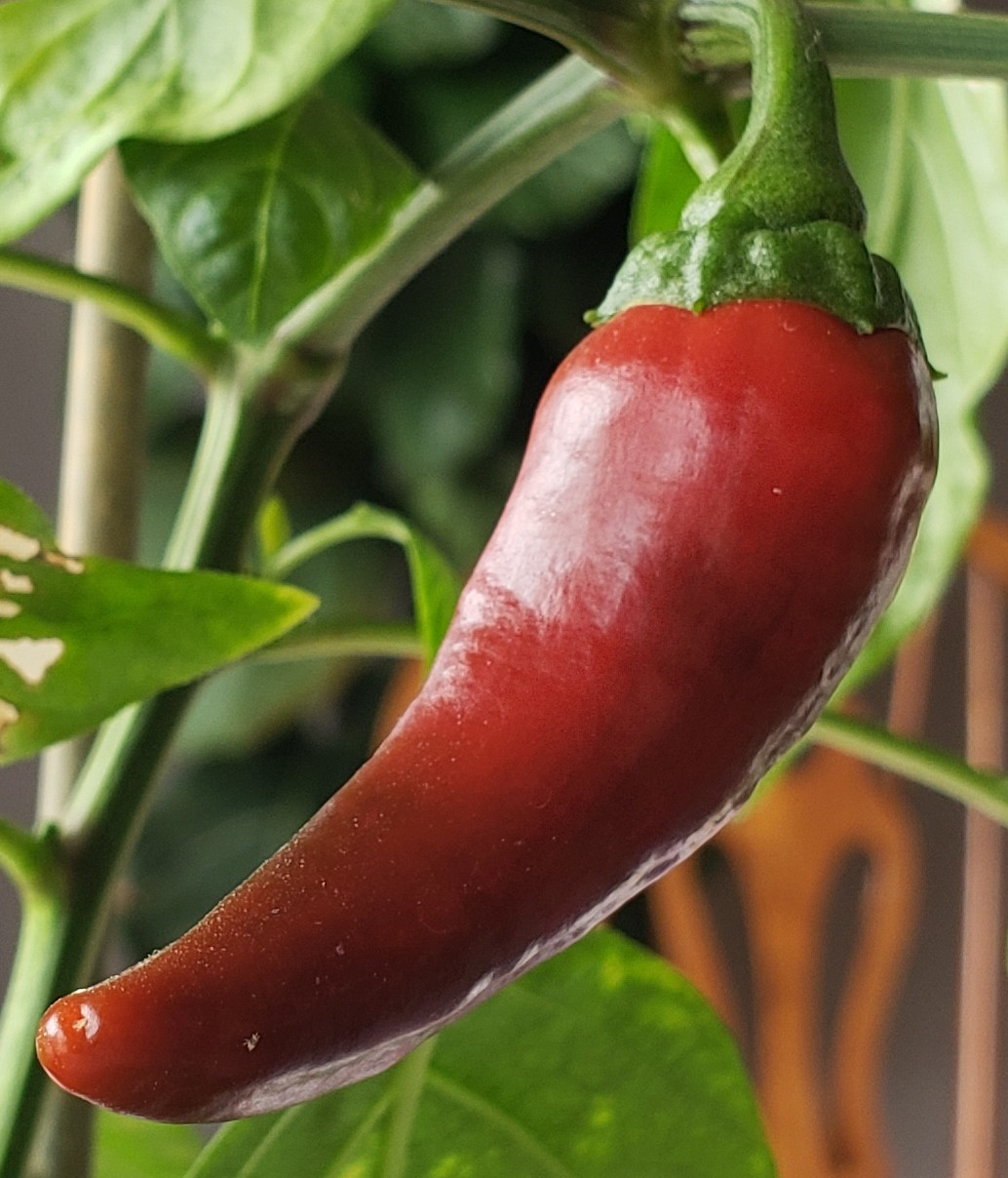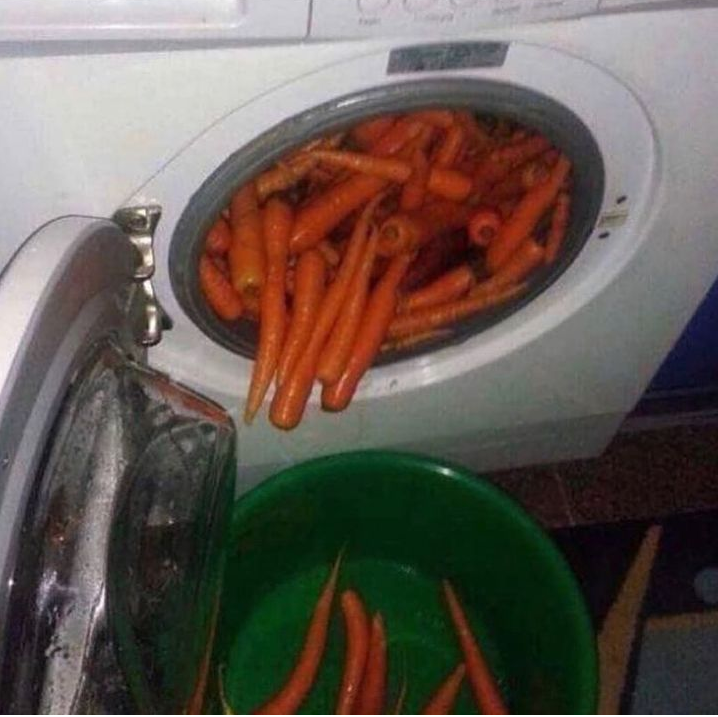Context: A couple of friends and I may be getting ownership of a pretty sizable chunk of land for free, and we've decided that we want to use that land and the buildings on it to address problems like food insecurity, as my area has the highest rates in the country. I'm not totally sure exactly how big the plot is yet, but it can already grow enough food to be self sustainable according to the current owner. It was previously used as a sustainable living project and retreat.
Our plan is to grow as much food as we can on that space, ideally using only volunteers and donated materials so that we can give it to kitchens and shelters for free. With this in mind, what can we do to maximize the amount of food we can grow in that space? We don't want to sacrifice quality for quantity, but we want to feed as many people as we can for as long as we can so quantity is very important.
- look into vertical farming. this will help use of space. there's a couple youtubers who grow market gardens on small acreage. I don't watch them personally but they always pop up in my feed.
- look into hydroponics for some plants. things like your leafy greens do really well and grow super fast with hydroponics. the method can be expensive upfront, so it's not good for everything.
- read up on your varieties. for example, some varieties of corn grow quickly but produce only one ear per stalk. some produce 2 ears per stalk, but take longer to grow. use that kind of timing to your advantage.
- your first harvest probably won't be big enough to do what you want. there's a lot that can affect your yields. watering habits (which take time to get used to), temps, and bugs can really impact your crops. watering isn't so bad if you can set up drip irrigation, which i recommend doing. watering by hand is trickier. it's always a balance between giving too much or not enough. both are bad. and you won't know either way until your plants tell you. temps are largely out of your control. temps over 90F are pretty much the same as being really cold. plants slow down growth to conserve energy. you have to play with what you got and that will take time to get the feel of the space and climate, even if you're experienced.
- pick hearty foods. potatoes are more nutritious and stretch more than lettuce. if you're donating to food banks, consider that a lot of stuff goes bad pretty quickly. you want stuff that can sit on a shelf or in a fridge for more than a week (probably idk how fast your food banks work). it may help to look into preservation methods like canning. it's more of a hassle, but will probably prevent waste in the long run.
- i would stay away from anything that takes too long to grow like asparagus, unless you can get it pre-started.
I read, but cannot vouch for, How to Grow More Vegetables, which is a book about how to grow all your food organically while maximizing efficiency and reducing reliance on outside resources.
Highlights include, charts on caloric efficiency, hexagonal planting and blueprints for ergonomic tools and greenhouses.
I second this, the John Jeavons book would probably be a great starting point for you.
It is a great book although it doesnt mention the soil impact of extensive gardening and the compost required to continuously infuse N & C into the veggies which are amped from the frequent tilling.
I could easily be mixed up on the books as I've read alot.
Great thread I'll add some more, I've been doing homestead farming on about about 30 sq. Ft garden plot for 4 years
If you live somewhere with cold winters, this is really fucking cool: https://youtu.be/ZD_3_gsgsnk
YouTube in general is such a good resource for farming and gardening.
If complete self sustainability is a goal, look into Korean Natural Farming (KNF). A lot of cannabis and hemp farmers purport to be having success with this. A guy naned Chris Trump has a lot of tutorials on the subject.
Look into vermicomposting as well.
This sounds like such an amazing opportunity though. Wow. Good luck.
This is my personal belief,opinion, with some experience as well.
There are some differences based on goal, like I would totally plant blackberries as they spread and yield plentiful berries but are j vasive so if I wanted a stewardship approach rather than quantity I would plant something a bit easier to control like gooseberry.
Seed saving is so so important, I wasnt able to get it from books had to spend a couple seasons studying the plant to get the best time to switch to seed saving and how to best harvest and store the seeds.
Making your own compost is probably more important.
There are a few books just on compost but most organic farming/gardening will have a section.
Essentially the more you turn and water the compost the faster it breaks down. Same logic behind intensive tilling of the soil, however if you do that it can throw off the microbiome of the soil in a potentially detrimental way.
I think the first year of actual planting, planning should be a good bit of initial time, should be perennial veggie like asparagus, berries, fruit/nut trees. Making guilds, a group of plants that grow well together, is a very important aspect of plan phase so you dont end up planting smtn like black walnut near your annual veg patch.
I'm a big fan of utilizing cover crop during winter and rotating peas & green beans along with ample compost & compost tea to create a no till set up.
I like to prioritize grain, legume, starch growing, then bitter greens (collards, kale, mustard green) then traditional veggie like peppers & tomatoes, finally soft greens like spinach, romaine
This is the most environmentally sound approach on this thread, and the cheapest long term, OP.
Ah shit, the stream I hang out in talks about this sort of thing occasionally, but I don't know enough to talk about it myself at length. They do have a textbook about soil in their resources here: https://twitchsbtv.files.wordpress.com/2020/07/global-soil-security-d.j.-field.pdf
It turns out there is a lot to keeping soil healthy, like... even tilling it/driving over it with heavy farming machinery can absolutely ruin long-term sustainability.
You could look into "companion planting" http://chemung.cce.cornell.edu/resources/companion-planting . There was a website we looked at that would send you seeds for companion crops if you agreed to report back to them to help to fill out the results of the various experiments. I am still looking for it. Here is another seed exchange: https://www.seedsavers.org/mission
I'll add more if I can think of / find anything
The Market Gardener by fortier has great info on planning and efficiency of movements for small farms. His system does everything with very simple tech and maximizes output from a small area. A great resource, highly recommend.
Elliot Coleman has a number of books detailing innovations in small-scale sustainable ag. Winter harvest handbook has good details on rolling hoop houses, which help you grow more by timing environmental manipulations.
The John Jeavons book mentioned elsewhere is what started me out as well, it’s an excellent guide.
A lot will depend on where you are - climate, soil, weed pressure, demographics. Having spent 5 years or so running various sustainable ag projects I’ll say this: it counts to put in infrastructure where you can. Depending on what you want to grow, drip irrigation paired with plastic mulch (I know, but still) can be make or break.
Volunteers come and go so don’t bet on having them around. Sometimes they can be more work than the plants. Make note of which tasks will be easily learned by someone inexperienced, and which require a more nuanced understanding.
I could go on forever - very excited for you, best of luck and please keep us updated.
Check out the RED gardens project YouTube channel-
https://youtu.be/AvpJPEp5Uks
The goal of the project aligns with what your looking for I think. It's the guy that is managing gardens with 6 different core approaches and comparing the results.



